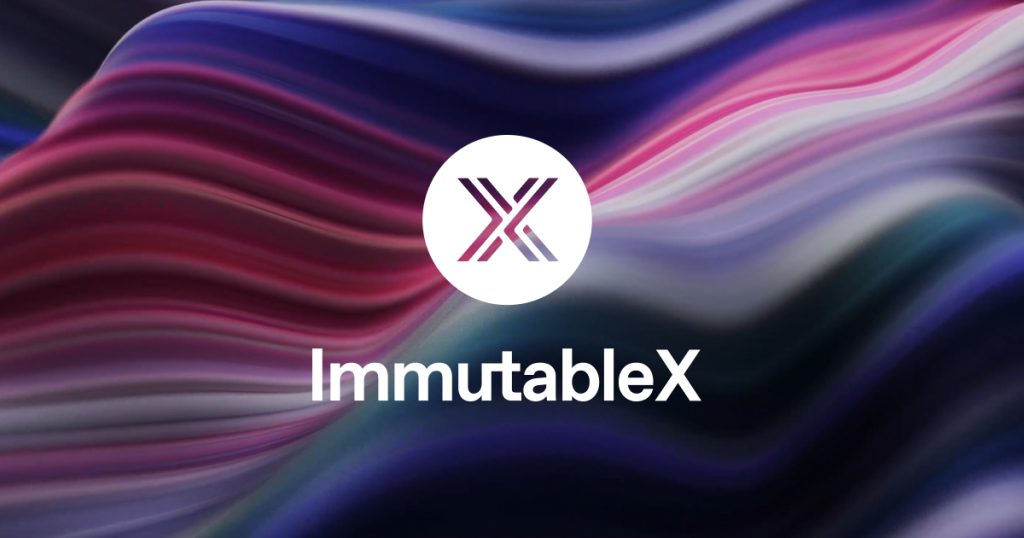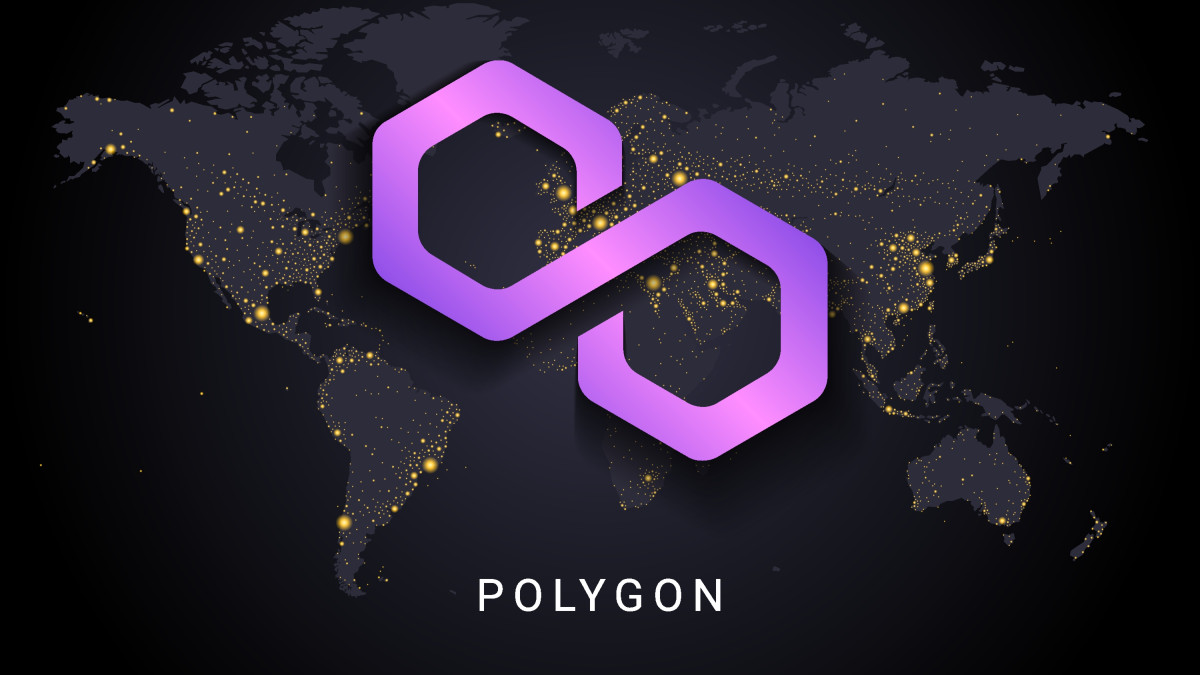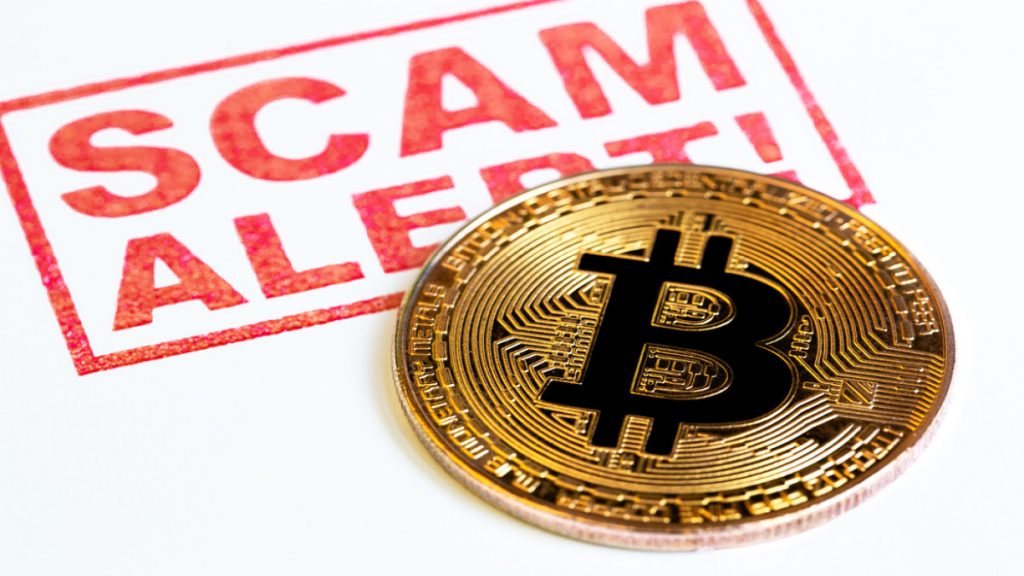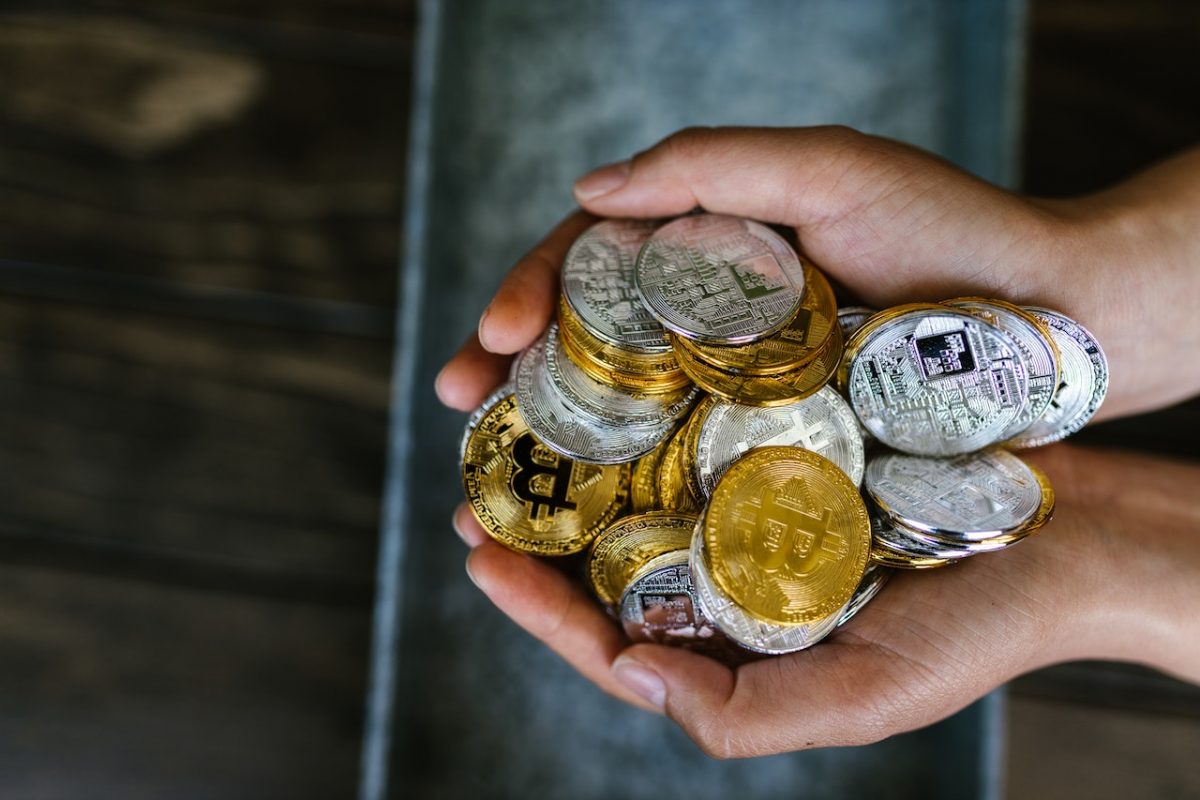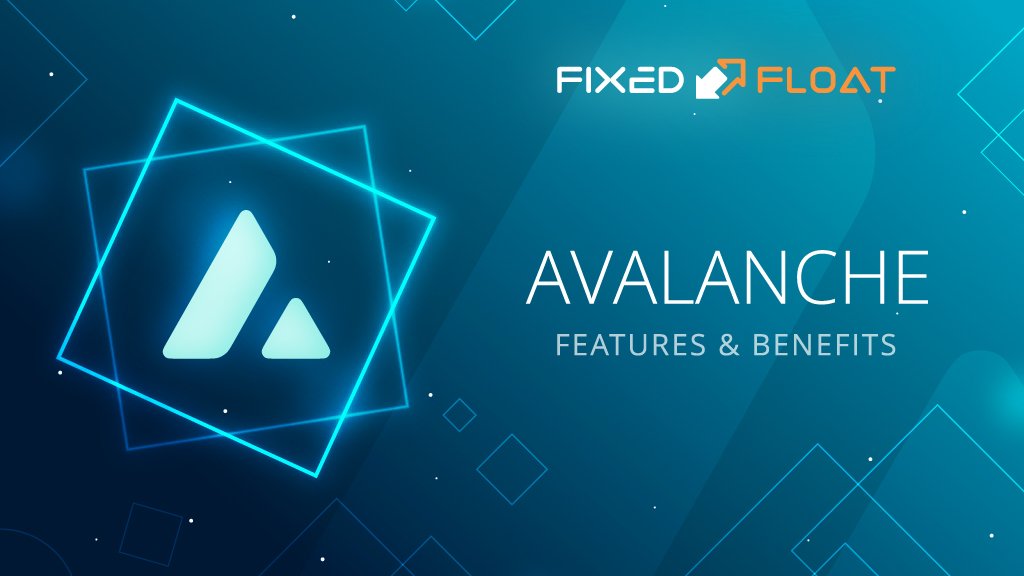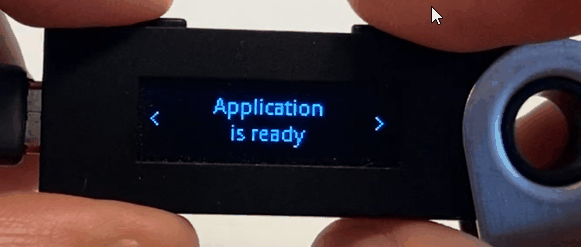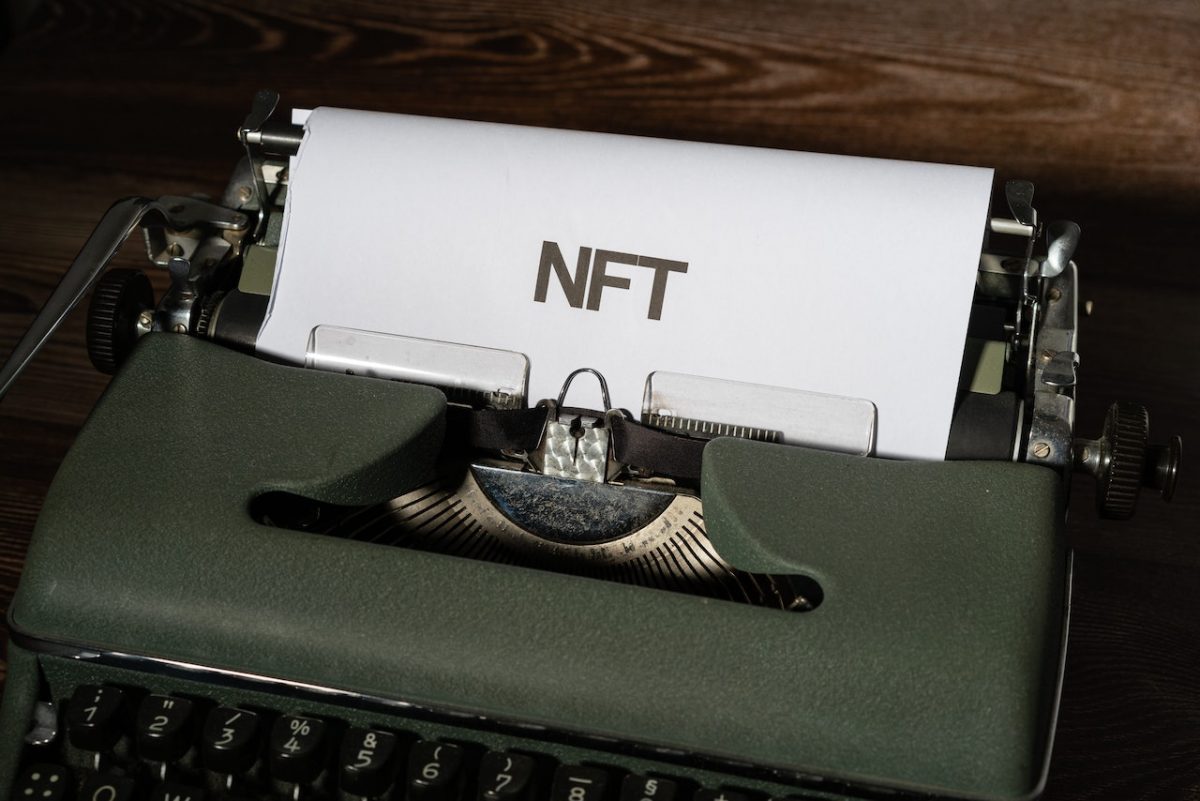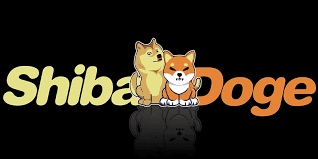The class of financial assets known as cryptocurrencies is rapidly expanding, and its use as an investment and trading vehicle is gaining popularity all the time. The number of individuals using cryptocurrencies has led to an increase in the demand for bitcoin wallets that are dependable and safe. Phantom and Solflare are now two of the most widely used wallets for cryptocurrencies accessible on the market. The purpose of this post is to provide you with information that will assist you in selecting the wallet that best meets your needs by analyzing the features of each of these options.
Phantom vs Solflare
Since quite some time ago, the world of finance has been fascinated by the concept of cryptocurrencies. It is a novel form of digital currency that operates in a decentralized manner, which indicates that it is not governed by any centralized authority or financial organization. As a result of this, investing and trading in cryptocurrencies is becoming increasingly popular among a wide variety of people. A dependable and secure cryptocurrency wallet is required in order to manage cryptocurrencies and engage in cryptocurrency trading.
Phantom and Solflare are now two of the most widely used wallets for cryptocurrencies that are available. Phantom is a wallet that was developed solely for use with the Solana blockchain, whereas Solflare is a multi-chain wallet that can store a number of different cryptocurrencies. Phantom was created by Solana. Each wallet provides its users with a variety of features and perks, but each wallet also has its own set of advantages and disadvantages that are unique to itself.
In this post, we will compare and contrast the features of Phantom and Solflare in order to assist you in making a decision regarding which of the two products is most suited to meet your requirements.
Phantom Wallet
Phantom is a cryptocurrency wallet that was developed with the Solana blockchain in mind from the ground up. It is a non-custodial wallet, which means that users retain full control over their private keys. This type of wallet is preferred by many cryptocurrency investors. The following is a list of some of the most important features of the Phantom wallet:
1: User-friendly and intuitive interface
The intuitive and straightforward use of the Phantom wallet is undoubtedly one of its most important selling points. Even individuals who are new to cryptocurrencies will have no trouble using the wallet because it is designed to be user-friendly and straightforward. It has a clean and contemporary appearance that is pleasing to the eye, and all of the features and functions are labelled in a way that is understandable and simple to use.
2: Low costs for transactions overall
Phantom wallet provides its customers with cheap transaction fees, which is a key benefit for users who are interested in reducing their financial outlays. The transaction fees on the Solana blockchain are already relatively low when compared to the expenses associated with other cryptocurrencies. The Phantom wallet further reduces the fees by optimizing the pricing of the gas used in the transactions.
3: Integration con la blockchain Solana
As was discussed before, the Phantom wallet was developed with the Solana blockchain in mind from the very beginning. This indicates that it provides seamless interaction with the Solana blockchain, making it possible for users to conveniently manage and trade their SOL tokens.
4: A wallet that is not held in custody
The Phantom wallet is a non-custodial wallet, which means that users retain full control over their private keys. This gives the Phantom wallet an advantage over other wallets. Those that are interested in maintaining the highest possible levels of security and privacy will find this to be a big advantage.
- Phantom Wallet: Pros and Cons of the Digital WallePros:
A. Pros
1. User-friendly and intuitive interface
2. Low costs for transactions overall
3. Integration con la blockchain Solana
4. A wallet that is not held in custody
B. Cons:
1. Support is limited for several other coins.
2. Relatively new wallet with a smaller user base compared to other wallets
Solflare Wallet
The Solflare cryptocurrency wallet is a multi-chain cryptocurrency wallet that supports a wide variety of cryptocurrencies. It is a non-custodial wallet, which means that users retain full control over their private keys. This type of wallet is preferred by many cryptocurrency investors. The following is a list of some of the most important aspects of the Solflare wallet:
1. Multi-chain support
The fact that the Solflare wallet is compatible with a number of different cryptocurrencies is one of its most important selling points. At this time, it is compatible with over 60 distinct cryptocurrencies, some of which are Bitcoin, Ethereum, Solana, and others. Those who deal in multiple cryptocurrencies will find this to be a very useful choice as a result.
2. Integration of physical wallet hardware
The integration of hardware wallets is also supported by the Solflare wallet, which is a big benefit for customers who are searching for the highest possible level of security. The wallet is compatible with a number of other hardware wallets, including Ledger, Trezor, and others.
3. Non-custodial wallet
Solflare is an example of a non-custodial wallet, just like its counterpart, the Phantom wallet. This ensures that users have complete control over their private keys, which in turn provides the highest possible level of privacy and protection.
The Pros and Cons of Using the Solflare Wallet
A. Pros:
1. Multi-chain support
2. Integration of physical wallet hardware
3. Wallets that do not require custody
B. Cons:
1. Some people may find the user interface difficult to understand.
2. Transaction costs that are higher than those charged by some other wallets
WATCH THE VIDEO BELOW FOR MORE CLARIFICATION
A comparison of Phantom and Solflare
- User interface and ease of use
Even for those who are just starting out in the world of cryptocurrencies, the Phantom Wallet offers a slick and contemporary design that is simple to use. The wallet is made to be straightforward and easy to use, with all of the features and functions being prominently labelled and within easy reach of the user. On the other side, the user interface of Solflare can be a little bit perplexing for certain users, particularly those who are new to cryptocurrencies. This is especially true for individuals who are just starting out.
2. Security and privacy features
Both wallets are considered non-custodial, which means that users retain full control over their respective private keys at all times. This offers the highest possible level of security and privacy. In addition, both wallets provide connectivity with hardware wallets, which is a huge benefit for customers who are searching for an additional layer of security.
3. Transaction fees and speed
Phantom has very low transaction costs, which is a key benefit for consumers who are interested in reducing their overall financial outlays. On the other side, the transaction costs associated with Solflare are higher than those associated with some other wallets. In contrast to Phantom’s slower transaction rates, Solflare’s are significantly quicker.
4. Multi-chain support
Because it is compatible with more than 60 distinct cryptocurrencies, Solflare is an excellent choice for those who engage in several cryptocurrency transactions. Phantom, on the other hand, was developed solely for the Solana blockchain and provided only limited compatibility for additional cryptocurrencies. Its primary focus is on the Solana network.
5. Hardware wallet integration
Both wallets feature the integration of hardware wallets, which provides users with the highest possible level of protection.
6. Reputation and community support
Within the realm of cryptocurrencies, both Phantom and Solflare are known for their vibrant communities and solid reputations. On the other hand, in comparison to Solflare, Phantom is a relatively young wallet, which might have an effect on its reputation in the long run.
Summary
Phantom and Solflare are both excellent cryptocurrency wallets that provide their users with a variety of features and benefits that set them apart from one another. Those that trade in Solana and are interested in finding an exchange that has minimal transaction fees and an easy-to-navigate UI can consider using Phantom. On the other hand, individuals that trade in numerous cryptocurrencies and are searching for integration with hardware wallets, as well as faster transaction speeds, can consider using Solflare as an alternative.
Your own preferences and requirements are the primary considerations that should guide your decision between Phantom and Solflare. We sincerely hope that this article has provided you with all of the information that you require to make an educated choice regarding the wallet that will best suit your needs.


